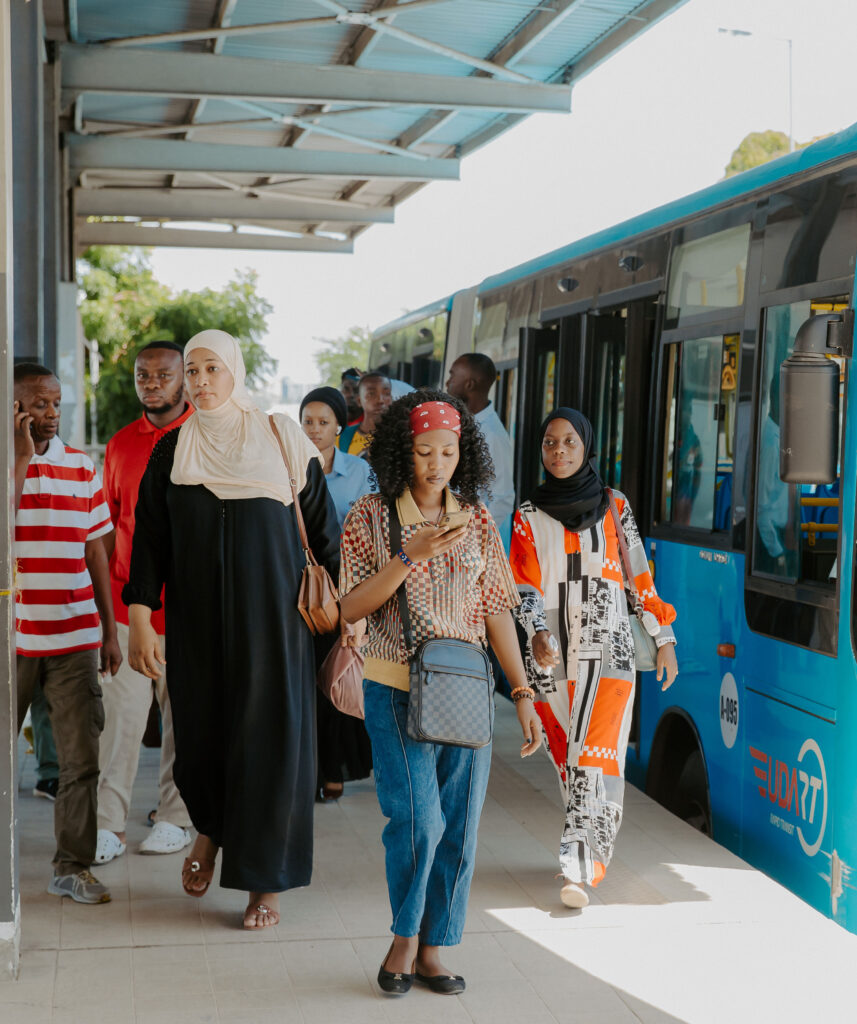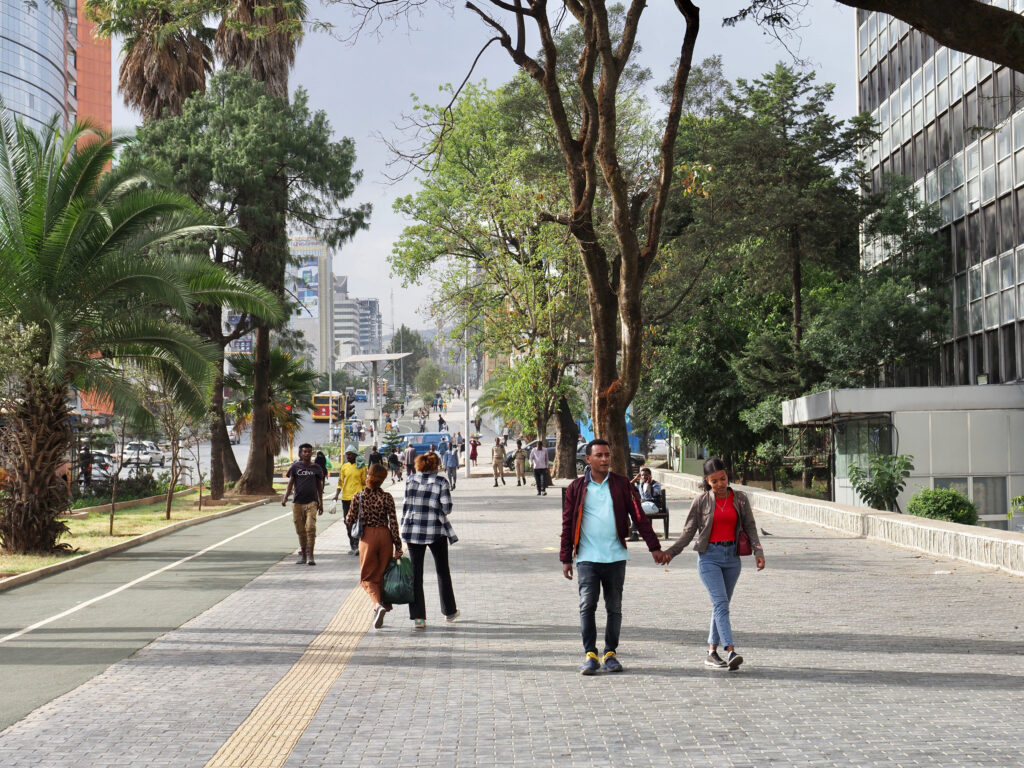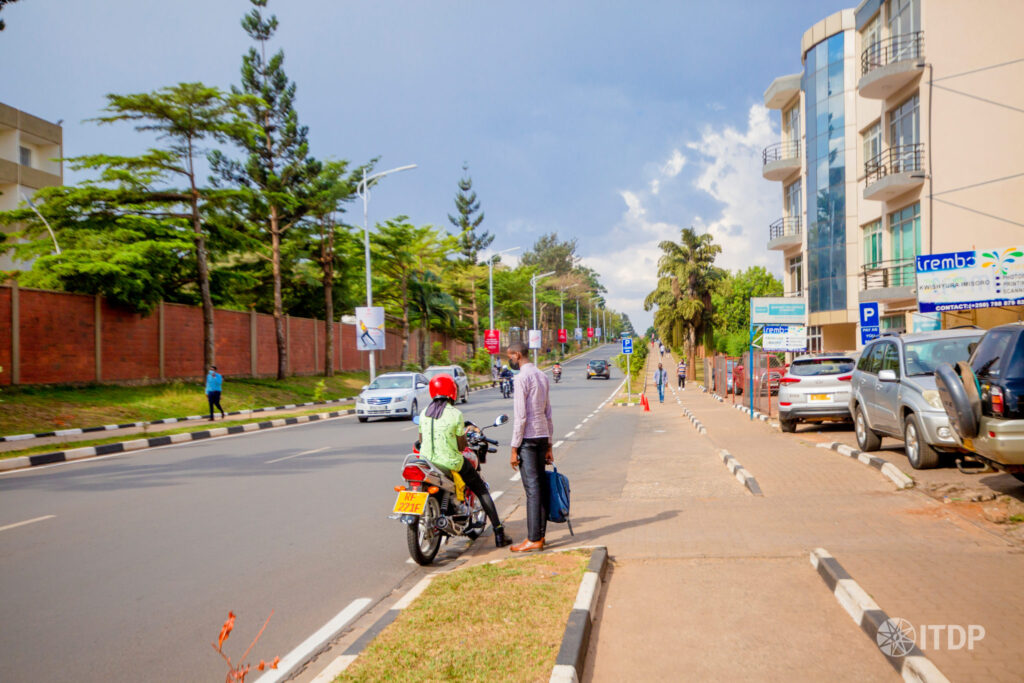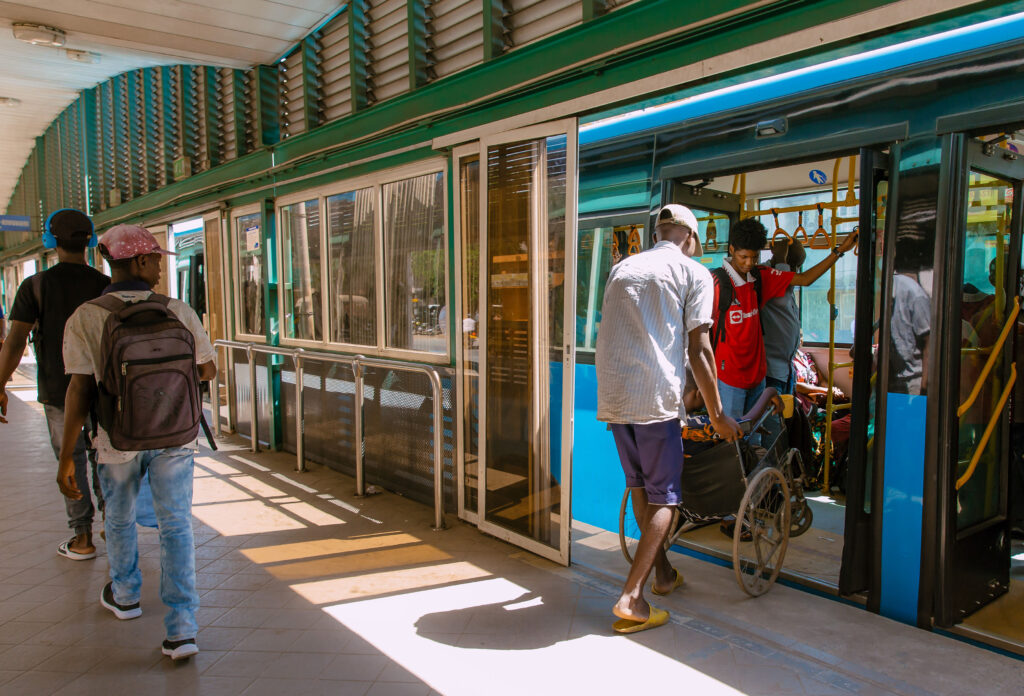September 13, 2023
Bus sector modernisation a crucial precursor to electrification

In many African countries, the drive for electrification is evident, widespread, and charged. With growing calls for climate mitigation in the urban transport sector, electrification provides exciting opportunities for economic growth across value chains, reduced transport costs, and lower carbon emissions. However, the buzz around electrification has overshadowed the need for urban transport reforms that can ensure that cities have efficient, high-quality public transport complemented by complete walking and cycling networks. In the excitement towards this new industry, experts often overlook the core inefficiencies in our urban transport systems—especially in Africa, where government investments in public transport are minimal and land use policies encourage sprawl. A more holistic approach centred on pedestrian-oriented neighbourhood planning and quality, dignified public transport systems is key not only to reducing emissions but also to improving overall liveability in our cities.

The case for Africa
In many rapidly developing cities, the main mode of transport is unregulated paratransit service. The existing business model means paratransit crews work long hours for low and unstable pay with no benefits. In many cases, the poor operating environment leads to dire road safety risks: drivers speed to maximise revenue from passenger fares, leading to crashes. Commercial imperatives, rather than convenience for passengers, drive the arrangement of routes: with most routes originating from city centres. The sector sees high competition for territory, with services over-supplied on main roads and under-supplied elsewhere. Inadequate vehicle fleets on some routes lead to long passenger queues during peak hours. The existing arrangement makes cross-town trips more expensive and time-consuming due to the high number of transfers.
In the absence of dedicated road space for public transport, buses and minibuses are stuck in traffic, resulting in time-consuming and expensive trips. In addition, the segregation of land uses where a single commercial core is surrounded by dispersed residential uses in most cities leads to heavy congestion on major arterials leading to the city centre.
Electrification on its own complicates the urban conundrum in Africa. Electrification of the current paratransit fleets without modernising the industry does not improve efficiency or quality of service. In addition, with tax-free and or reduced taxes on electric vehicle imports, private vehicle use will become even more attractive, further increasing congestion and the incentive to build wider car-centric roads and parking spaces rather than investing in affordable public transport and housing.
Congestion in urban areas and poor quality public transport have resulted in exponential two-wheeler growth in many African cities. While these vehicles are great for first- and last-mile access, many cities are seeing two-wheelers supplant buses as a main mode for commutes on trunk corridors. To date, the lack of effective laws and policies to govern two-wheeler use has led to increasing traffic crashes and high fatality rates. Cities in East Africa continue to experience a rise in motorcycle crashes owing to speeding, lack of traffic calming on the roads, and lack of proper regulation. The problem is widespread across the continent and particularly high in Togo, Benin, Mauritius, Mali, Côte d’Ivoire, and Morocco. This has led to high healthcare costs for the government and urban residents, with some hospitals dedicating full wings to crash victims.
The growing calls for charging stations for electric two-wheelers further shifts the government’s focus away from implementing critical public transport infrastructure such as bus depots, terminals, and bus shelters, which are non-existent in most cities. Yet ensuring that the right public transport infrastructure is in place is the only sustainable way to ensure African cities are efficient and liveable.

A more holistic and inclusive approach
To improve our cities, a more holistic approach is needed, focusing on limiting travel through compact cities, transit-oriented development, and investments in walking and cycling. In addition, a shift from private vehicle use to more efficient public transport is required. However, this is only possible if cities make adequate investments in quality urban infrastructure and operations.
Public transport reforms are key in facilitating greater government regulation and investment in the sector. The government should plan out urban public transport routes based on observed demand patterns. Individual bus operators should merge to form companies that can then bid to offer services on specific routes. The service contract issued by the government defines the relationship with the bus company. It allows the government to determine the quality of service, and at what price.
Fare collection should be handled by an independent service provider that is answerable to the government, with electronic fare verification using smart cards, phones, or bank cards. Operators should be paid based on a formula that is heavily weighted on a fee per kilometre operated, making it possible to incentivise bus companies to offer safe, quality services and follow their assigned schedules instead of waiting until vehicles are full. In addition, as per the service contract, operators can upgrade and electrify the fleet, with financing incentives from the government. The government should invest in bus depots that can facilitate proper maintenance and house charging stations.
On high-demand corridors, governments ought to invest in bus rapid transit (BRT), which can be a very attractive option for private vehicle users stuck in traffic—including drivers of electric cars! To further reduce urban emissions, BRT fleets can be fully electric. In order for BRT systems to meet their full potential, they must incorporate features that contribute to system performance, including median-aligned bus lanes; level boarding from centrally aligned stations; passing lanes; and off-board fare collection. In addition, BRT operations should include multiple operators based on competitive bids, to ensure efficient and quality services.

Any city that attempts to rely on private vehicles—electrified or not—will face growing challenges around congestion and parking. The only way to reduce the allure of private vehicle use is to offer quality public transport systems that can bypass traffic jams and congestion. By modernising the sector and providing quality infrastructure, electrification becomes easier and more efficient. In addition, street designs need to accommodate all users including pedestrians and cyclists to ensure that these zero-emission modes are safe and comfortable for all. Lastly, electric bicycles, motorcycles and three-wheelers can offer first and last-mile access to public transport, creating a more sustainable urban ecosystem.
